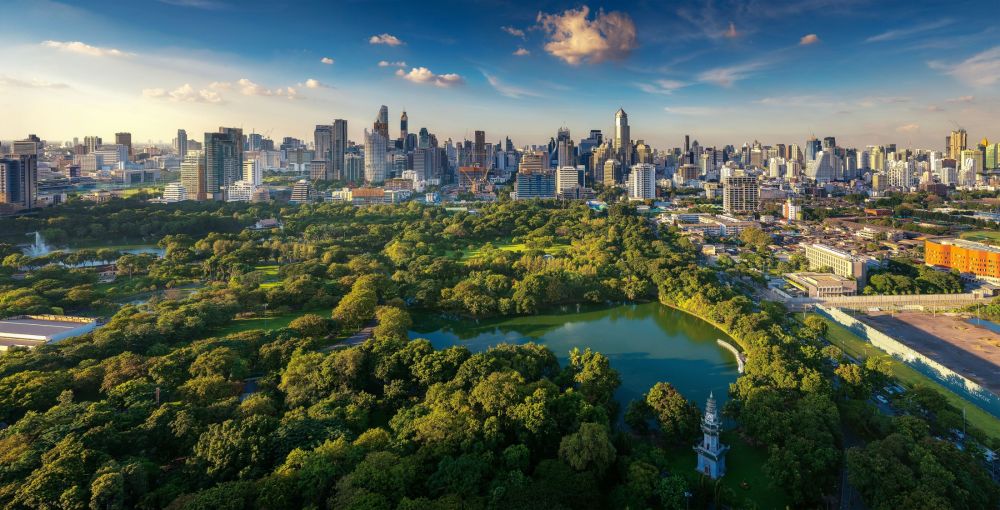

Nestled in the heart of Bangkok, Lumpini Park serves as an urban oasis for both locals and tourists alike. Spanning over 500,000 square meters, this park is named after Lumbini, the birthplace of the Buddha in Nepal, reflecting the deep cultural ties it holds. Inaugurated in the 1920s by King Rama VI, Lumpini Park is considered to be the first public park in Bangkok and was originally designed to offer Thai residents a space for outdoor leisure activities—a reflection of European influence on Thai elite of the period.
Over the years, Lumpini Park has grown in popularity with visitors. In its early days, it was adorned with beautifully manicured gardens, a large artificial lake, and during World War II, it even served as a camp for Japanese soldiers. Post-war, it resumed being a peaceful retreat where public festivities, concerts, and family outings took place. The park has evolved to accommodate a variety of activities including jogging, biking, Tai Chi, and aerobics, attracting a diverse global audience keen on experiencing Bangkok's greener side amidst its urban sprawl.
The advent of the tourism boom in the 1980s and 1990s further solidified Lumpini Park's status as a must-visit destination in Bangkok. The city's rapid development, improved infrastructure and the skyrocketing popularity of Thailand as a tourist destination meant more visitors to the park. Facilities within the park were further developed, including outdoor gym equipment, paddle boat rentals, and food stalls, tailoring to the needs of both fitness enthusiasts and casual visitors.
In recent years, Lumpini Park has embraced the trend of sustainable tourism. As environmentally conscious travel has become increasingly important, Lumpini Park offers a green respite that is increasingly appreciated. Information regarding the park's native plant and animal species, including the famous monitor lizards, is readily available for eco-tourists and biology enthusiasts. The park also serves as a hub for green initiatives and events, such as clean-up drives and environmental awareness campaigns.
Presently, Lumpini Park not only serves its initial purposes but also embodies a blend of cultural, historical, and contemporary significance. With the growing trend of wellness tourism, Lumpini Park has become a popular spot for yoga and meditation practitioners. Additionally, with the rise of social media, the aesthetic landscapes of Lumpini Park often feature as a backdrop for both tourists and influencers capturing the essence of Bangkok's natural beauty.
Community events like free concerts and festivals are regularly held here, providing an immersive experience for visitors. The park's central location, adjacent to the upscale business district, adds to its accessibility and popularity, being well-connected by both the MRT and BTS Skytrain systems. Lumpini Park continues to be not just a green lung for the bustling city of Bangkok, but also a representation of the city's heartbeat, ever more relevant in a world where sustainable, health-conscious, and immersive travel experiences are highly valued by tourists.